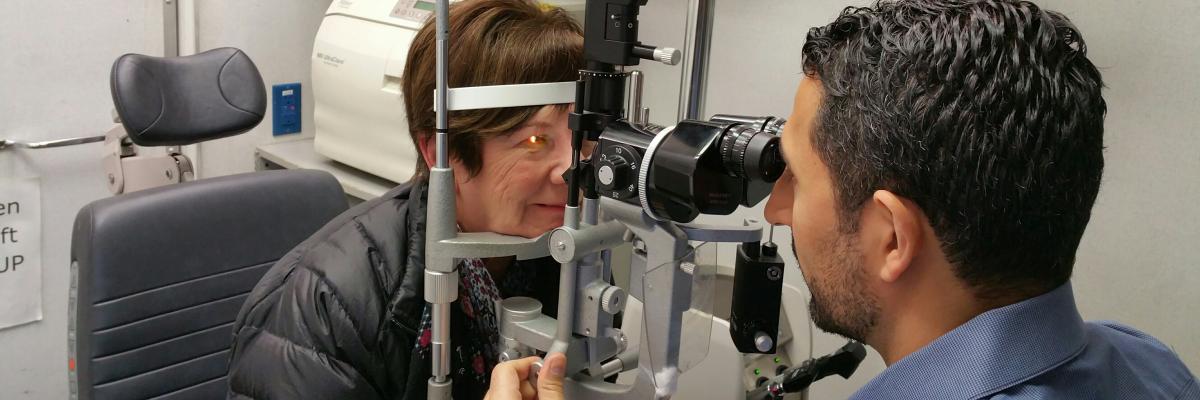Who do you talk to when mom’s vision seems to be getting worse? Where do you go when you’ve broken your reading glasses? How about eye infections, contact lens fittings or problems with cataracts?
Here’s a guide to who’s who in the world of eye health.
Ophthalmologist: An eye doctor who specializes in eye and vision care and the diagnosis and treatment of eye diseases. Ophthalmologists provide comprehensive eye examinations, prescribe corrective lenses, prescribe and administer medication and perform surgery. Ophthalmologists have graduated from medical school, followed by one year of internship and three to four years of additional residency training in the refractive, medical and surgical treatment of eye diseases.
Learn more about ophthalmologists on the Canadian Ophthalmological Society website.
Optometrist: An eye doctor who performs eye examinations, diagnoses eye disease, treats common eye disorders and may prescribe medication in some provinces. They also prescribe glasses and contact lenses, are trained to dispense low-vision aids and provide visual training. Optometrists have graduated from optometry school with a minimum of five years of post-secondary education to obtain the professional designation “Doctor of Optometry (OD).”
Learn more about optometrists on the Canadian Association of Optometrists website.
Optician: A professional who fits and dispenses eyeglasses and contact lenses according to prescriptions supplied by an optometrist or ophthalmologist. Opticians may also dispense low-vision aids. Opticians complete a minimum of two to four years of post-secondary training through one of seven programs in Canada.
Learn more about opticians on the Opticians Association of Canada website.
Low Vision Specialist: A graduate of a post-secondary institution with a major in health science or vision loss rehabilitation and a professional background in nursing, orthoptics, and/or ophthalmology. Low vision specialists provide education about medical diagnoses, training in the use of optical and non-optical visual aids and on how to most efficiently use residual vision. They also complete visual acuity and field-loss testing and refer clients to appropriate resources and organizations.
Learn more about low-vision services in your community on the Vision Loss Rehabilitation Canada website.
